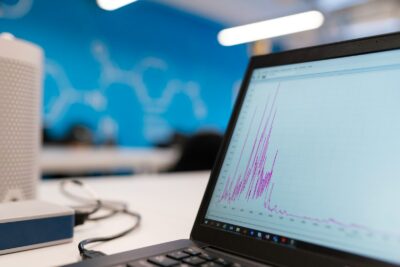Enhancing Security and Control in the Digital Landscape
The Intersection of Software Licensing and Digital Rights Management
In the ever-evolving landscape of digital commerce, the integration of software licensing with digital rights management (DRM) systems emerges as a pivotal strategy for ensuring comprehensive protection and management of software applications. By combining licensing mechanisms with DRM technologies, developers and distributors can enforce usage rights, mitigate piracy risks, and safeguard the integrity of their intellectual property. Through robust licensing agreements and DRM protocols, organizations can define and enforce access controls, usage restrictions, and distribution policies, empowering them to maintain control over their software assets while fostering trust and compliance among users.
Enhancing Security and Compliance
The integration of software licensing with DRM systems offers a multifaceted approach to security and compliance, addressing the diverse challenges posed by unauthorized access, unauthorized distribution, and content piracy. By implementing encryption techniques, watermarking technologies, and access control mechanisms, DRM-enabled licensing solutions can encrypt digital content, embed identifying information, and restrict access to authorized users only. Moreover, DRM systems enable the tracking and monitoring of software usage, providing valuable insights into user behavior and compliance status. This proactive approach to security and compliance helps organizations mitigate risks, protect revenue streams, and maintain the integrity of their software ecosystem.
Driving Innovation and Monetization
Beyond security and compliance benefits, the integration of software licensing with DRM systems opens new avenues for innovation and monetization in the digital marketplace. By implementing flexible licensing models, such as subscription-based or usage-based licensing, developers can tailor their offerings to meet the evolving needs and preferences of customers. Additionally, DRM technologies enable dynamic pricing strategies, content personalization, and targeted licensing options, empowering developers to maximize revenue streams and capture new market segments. Through continuous innovation and adaptation, organizations can leverage DRM-enabled licensing solutions to differentiate their offerings, drive customer engagement, and capitalize on emerging opportunities in the digital economy.
Conclusion: Harnessing the Power of Integrated Software Protection
In conclusion, the integration of software licensing with digital rights management represents a strategic imperative for organizations seeking to protect, monetize, and innovate with their software assets. By combining licensing mechanisms with DRM technologies, businesses can establish robust security protocols, ensure compliance with licensing agreements, and drive revenue growth in an increasingly complex and interconnected digital landscape. As technology continues to evolve and digital threats evolve, organizations must remain vigilant in safeguarding their software assets, leveraging integrated licensing and DRM solutions to stay ahead of emerging risks and capitalize on new opportunities for success.
The Future of Software Protection: Innovations and Adaptations
Looking ahead, the future of software protection lies in continuous innovation and adaptation to emerging threats and opportunities. As AI, blockchain, and other advanced technologies reshape the digital landscape, organizations must remain agile and proactive in their approach to security and compliance. By embracing integrated licensing and DRM solutions, businesses can navigate the complexities of the digital marketplace, foster trust among users, and unlock new possibilities for growth and innovation in the digital age.
—
#DigitalRightsManagement #SoftwareProtection #SoftwareLicensing #DRM #Cybersecurity #IntellectualProperty #DigitalInnovation #Monetization























